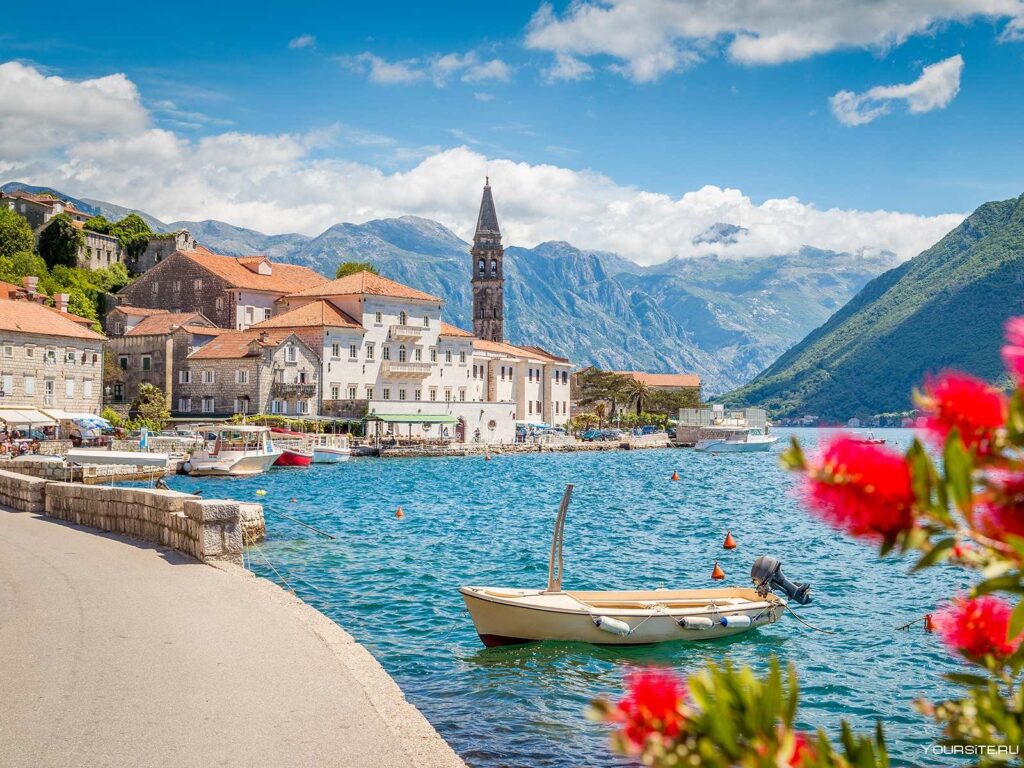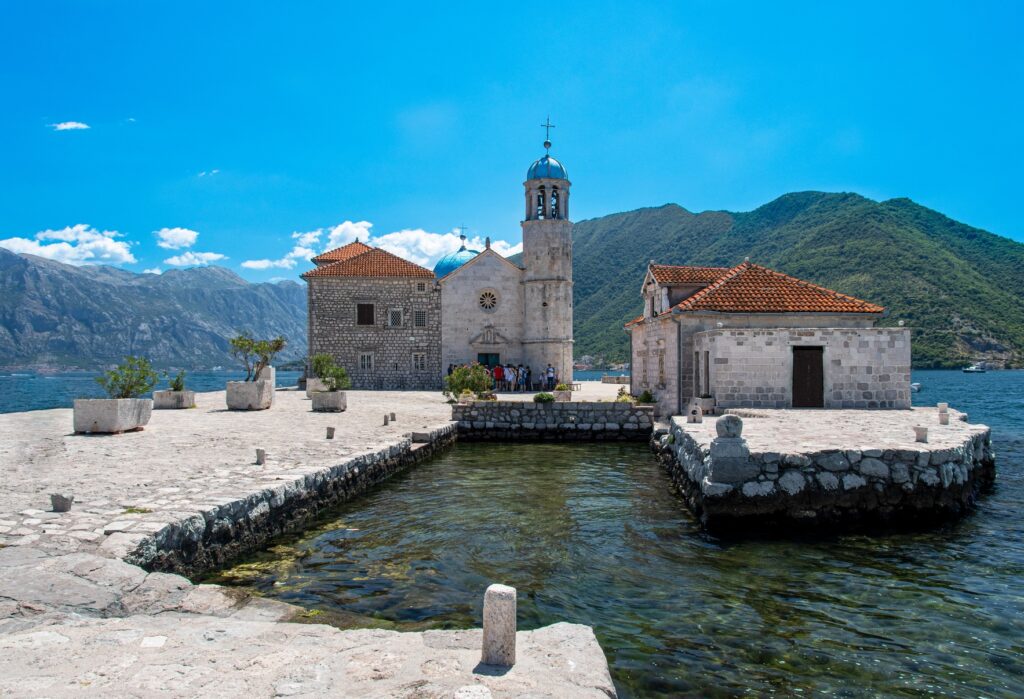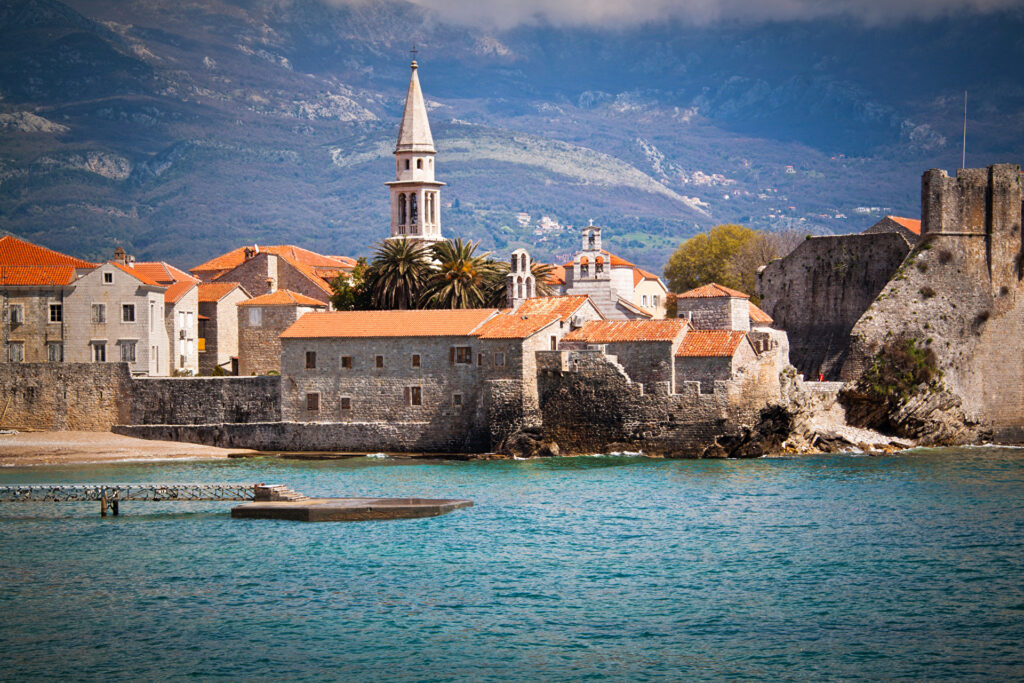Montenegro's Name and Interesting Facts of Montenegro
Montenegro is a country that often fascinates visitors not only with its natural beauty but also with its name. ‘Montenegro’ translates to ‘Black Mountain,’ a name that tells a story of its geography and offers a hint into its rich history. This is one of the many interesting facts of Montenegro that goes unnoticed but has a significant impact on understanding the country’s identity.
The term “Montenegro” originated during the era of Venetian and Ottoman rule over the Balkans. This name was likely used to describe the dark forested mountains that cover the land. It’s a name that has stood the test of time, symbolizing the resilience and diversity that has become synonymous with Montenegro. This enduring quality of the nation’s name adds another layer to the interesting facts of Montenegro.
The name Montenegro also plays a role in the country’s folklore, where mountains are often portrayed as guardians of the land and its people. In many ways, the country’s name is a reflection of its residents’ spirit—strong, enduring, and deeply connected to their homeland. These myths and legends further enrich the list of interesting facts of Montenegro, offering a deeper understanding of the cultural importance of the country’s geography.
With its name carrying echoes from the past and serving as an eternal symbol of the nation’s character, the moniker “Montenegro” serves as a compelling entry point into the myriad of interesting facts of Montenegro. It showcases that sometimes, a name isn’t just a label but a story waiting to be told—a story that spans centuries and melds cultures, offering a glimpse into the past while standing as a sentinel for the future.

Euro Use in Montenegro and Interesting Facts of Montenegro
One of the most intriguing aspects of Montenegro is its currency. The country is not a part of the European Union but uses the Euro as its official currency. This unconventional choice is one of the compelling interesting facts of Montenegro that both confounds and fascinates economists and visitors alike.
When the nation of Yugoslavia dissolved, Montenegro found itself in a state of economic uncertainty. To instill confidence and stability, it adopted the Deutsche Mark and later switched to the Euro in 2002. This stands out as one of the truly interesting facts of Montenegro and demonstrates the country’s ingenuity in navigating complex international waters.
The use of the Euro has its pros and cons. On the one hand, it offers economic stability and eases transactions for tourists coming from other Eurozone countries. On the other, it deprives Montenegro of having a central bank that can control monetary policy, including setting interest rates. These nuances contribute to the list of interesting facts of Montenegro, each one a testament to the country’s unique position in the international arena.
While the European Central Bank and the European Commission have expressed reservations about Montenegro’s ‘unilateral euroization,’ the country has continued to maintain the Euro as its currency. The decision reflects the pragmatism of Montenegro’s economic policies and stands as one of the most thought-provoking and interesting facts of Montenegro.

Historic Cities of Montenegro and Interesting Facts of Montenegro
Montenegro, a country with a rich history and cultural tapestry, hosts numerous cities that stand as living museums of its complex past. Kotor, a UNESCO World Heritage site, is perhaps the most striking, its medieval architecture flawlessly preserved. The Venetian walls that encircle the historic old town have stood for centuries, making Kotor a compelling blend of the past and the present. This adds an additional layer to the already interesting facts of Montenegro.
Likewise, Cetinje, the old royal capital, still houses several palaces, museums, and monasteries that reflect Montenegro’s past glory. The former royal capital effortlessly amalgamates Montenegrin tradition and modernity. These cities not only add to the charm of the nation but serve as significant historical and cultural landmarks, adding to the repository of interesting facts of Montenegro.
These historic cities present an amalgam of architectural styles—Romanesque, Gothic, and Baroque—that reflect the different eras and rulers that have passed through Montenegro. Each city, steeped in history, adds to the sum of interesting facts of Montenegro and enriches the cultural tapestry of this Balkan nation.

Montenegro's Adventure Spots and Interesting Facts of Montenegro
If history isn’t quite your thing, Montenegro’s array of adventure spots will surely captivate your attention. The country’s geographical diversity is its own kind of history, written not in pages but in towering mountains, sprawling forests, and the deep blue Adriatic Sea. These natural elements contribute significantly to the interesting facts of Montenegro.
Tara Canyon, one of Europe’s deepest, offers adrenaline-packed experiences like white-water rafting and zip-lining. Meanwhile, the Durmitor National Park provides extensive trails for hiking, mountain biking, and even ice climbing in winter. These adventure spots showcase the incredible geographical diversity that Montenegro offers, making the country a paradise for outdoor enthusiasts. This adds another dimension to the rich tapestry of interesting facts of Montenegro.
Whether you are a thrill-seeker looking to conquer new heights or someone who just loves the serenity that nature offers, Montenegro has something for everyone. The diverse array of adventure spots across the country offers not just adrenaline rushes but also peaceful getaways. These all add to the multitude of interesting facts of Montenegro, making it not just a historical gem but also an adventurer’s paradise.

